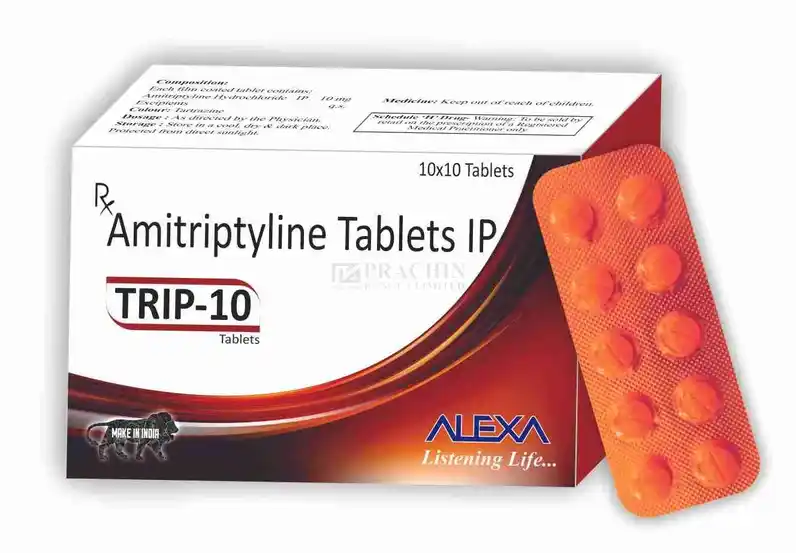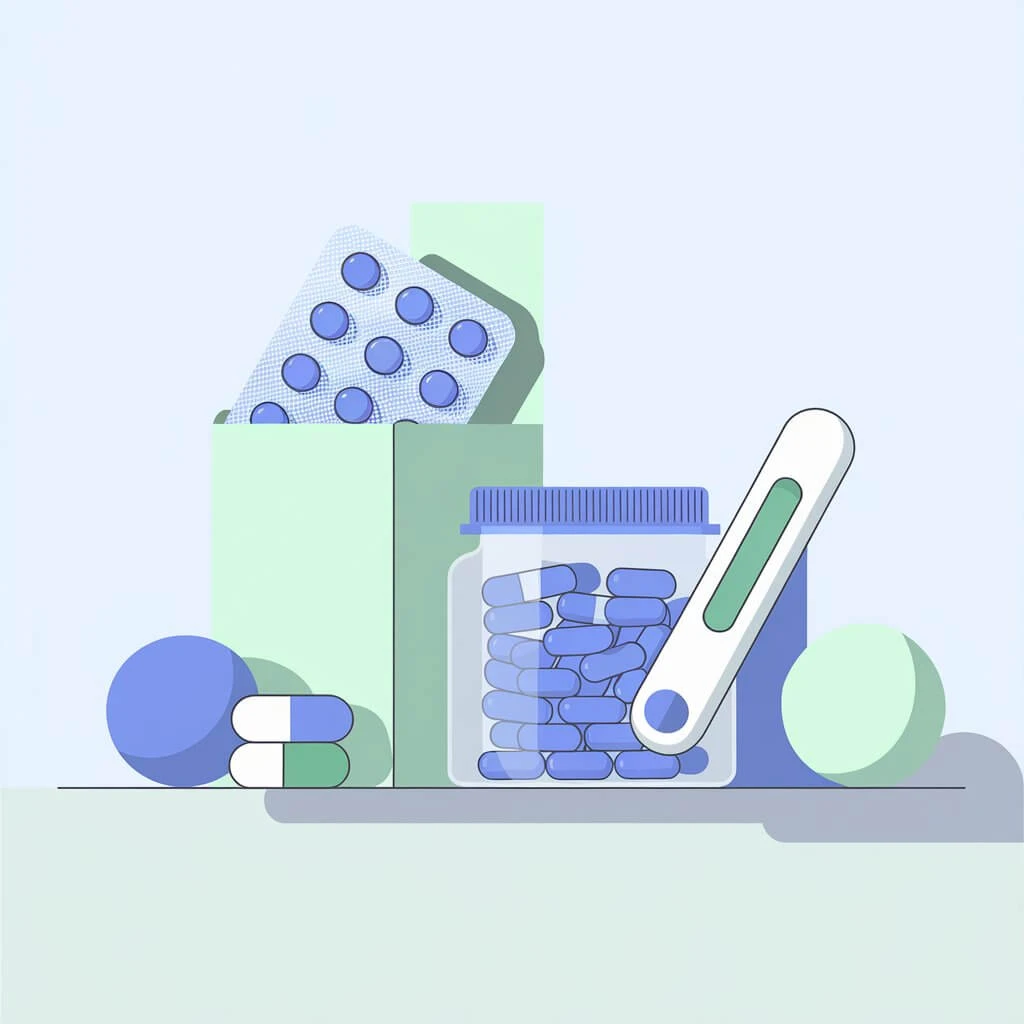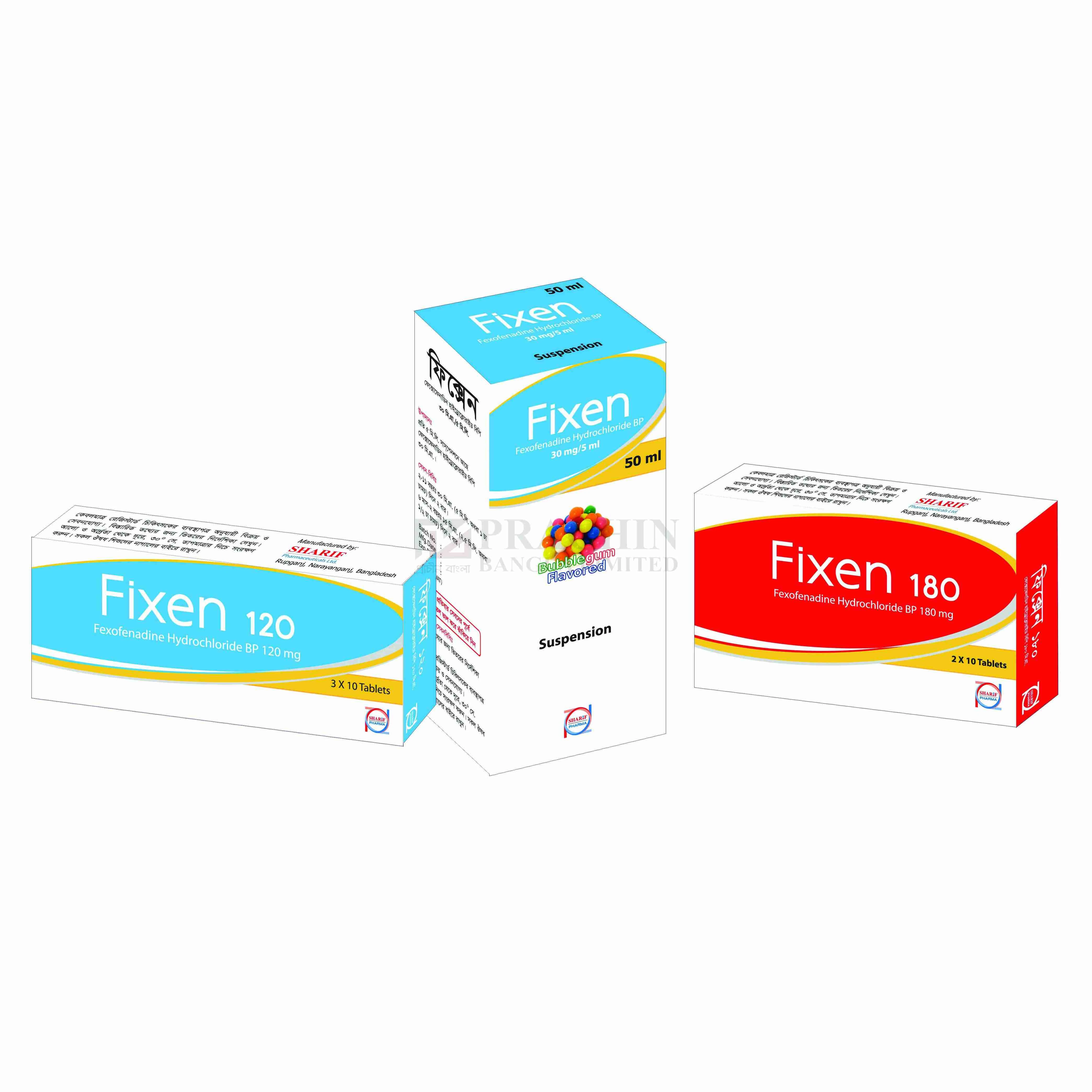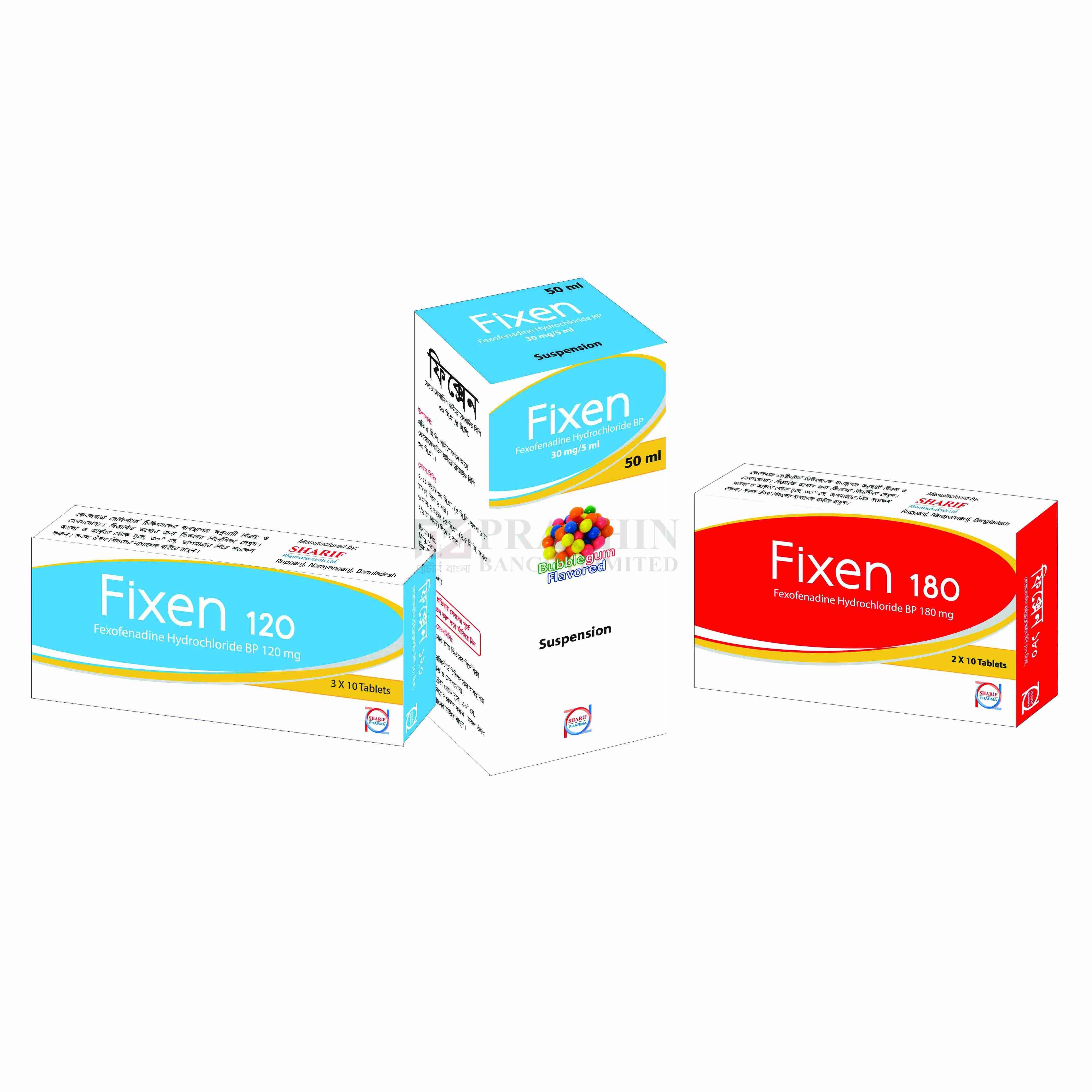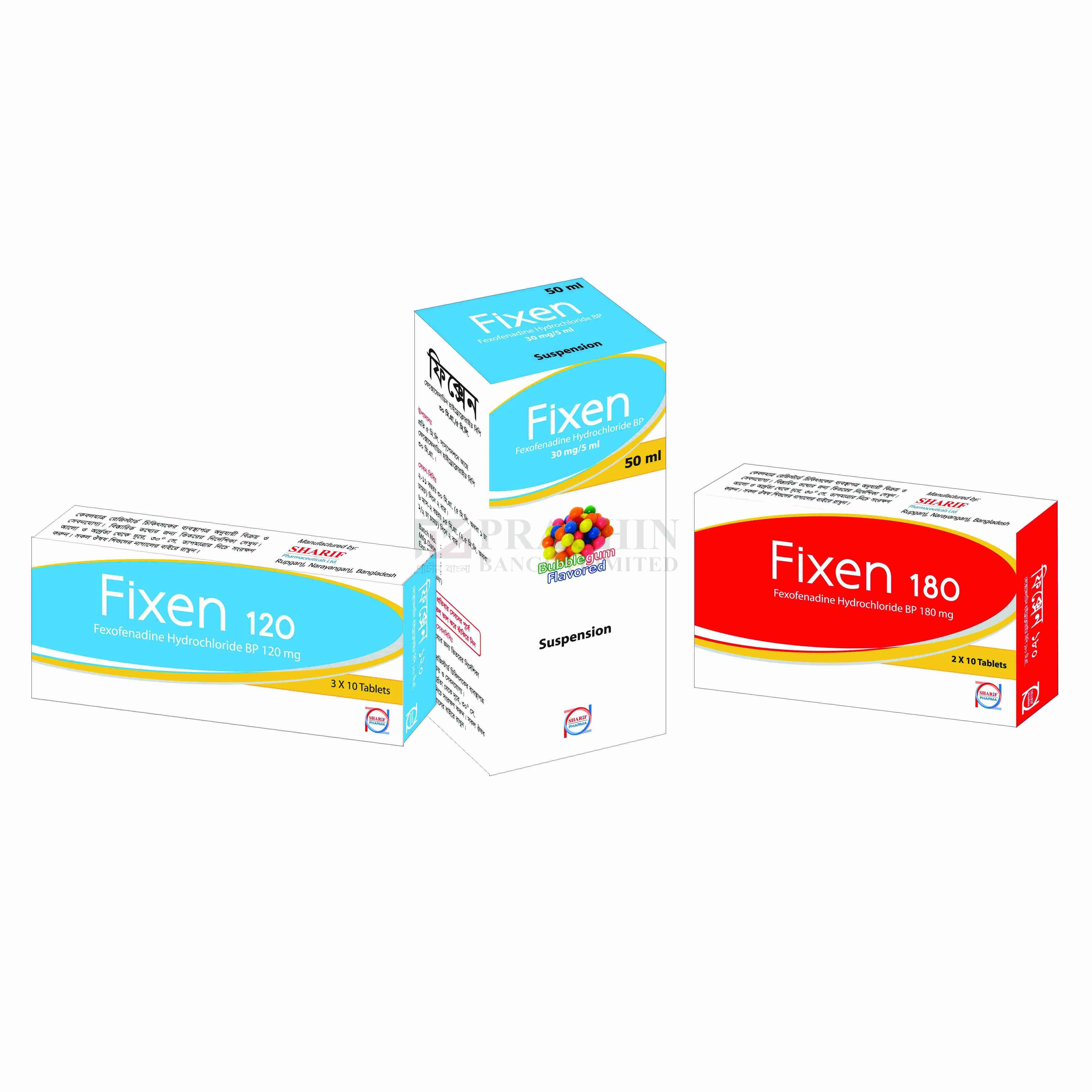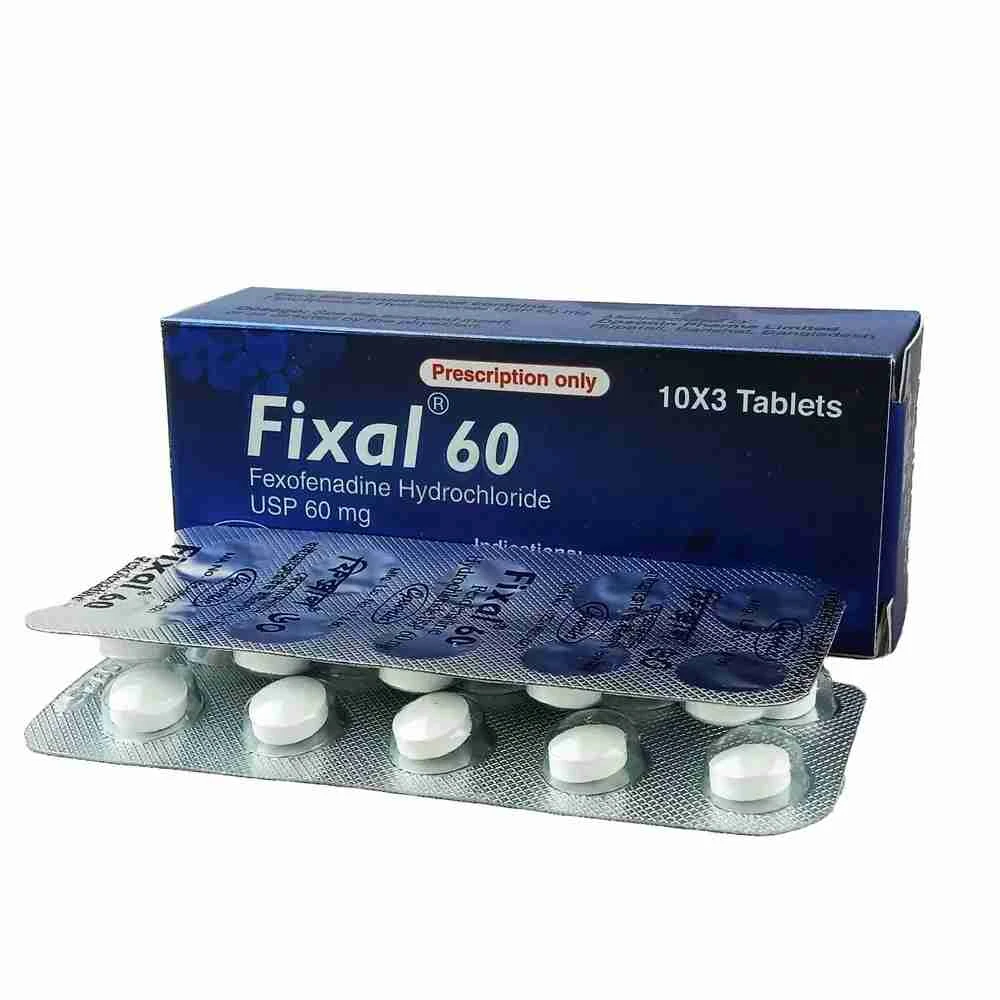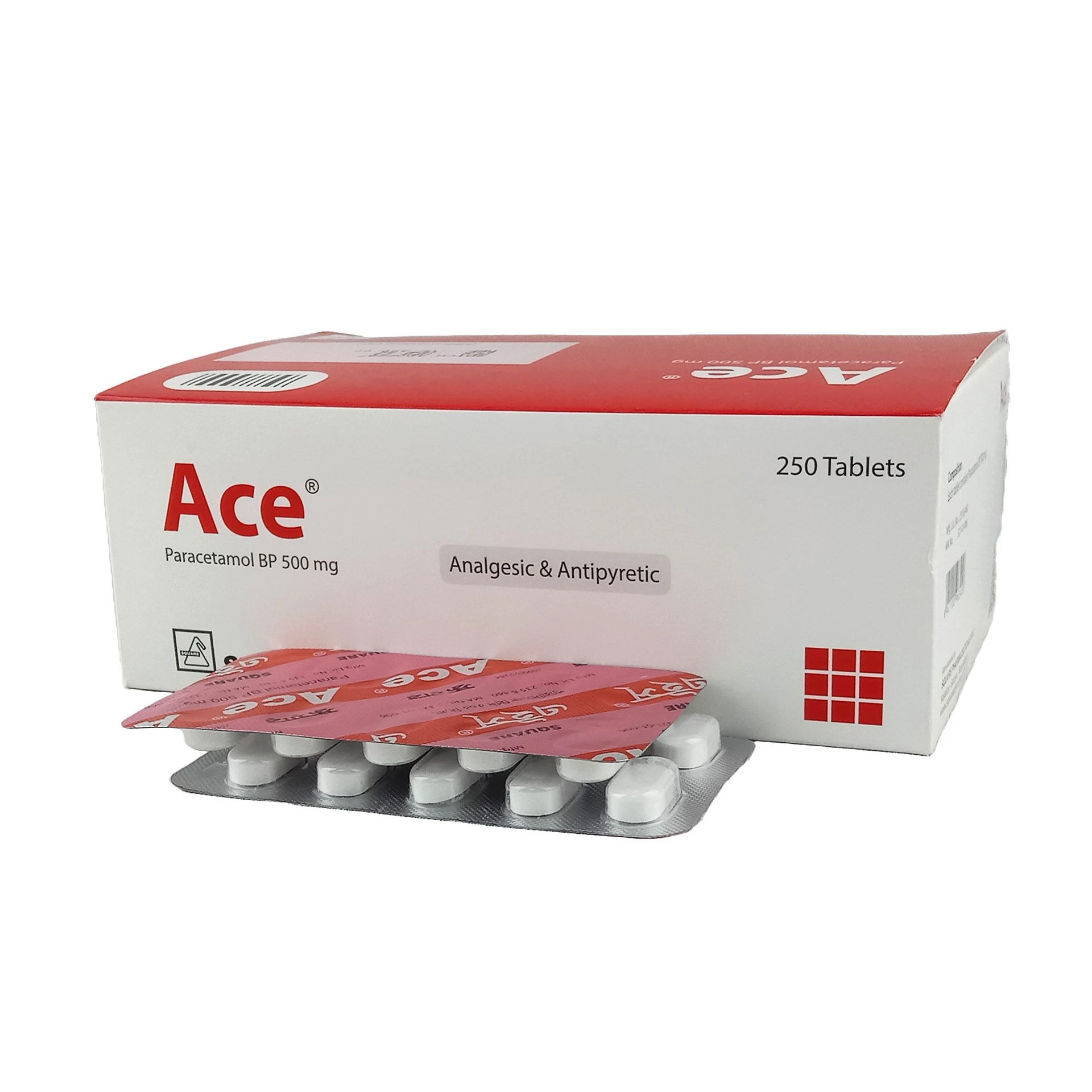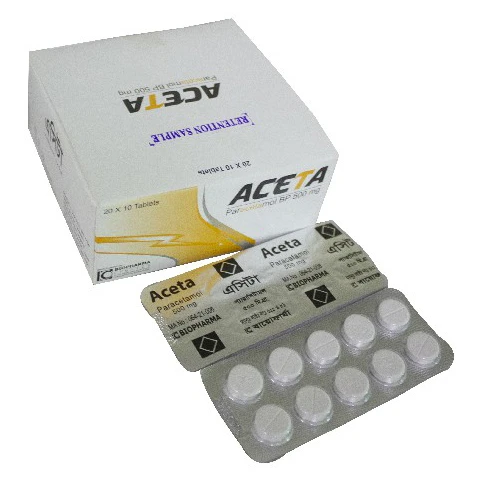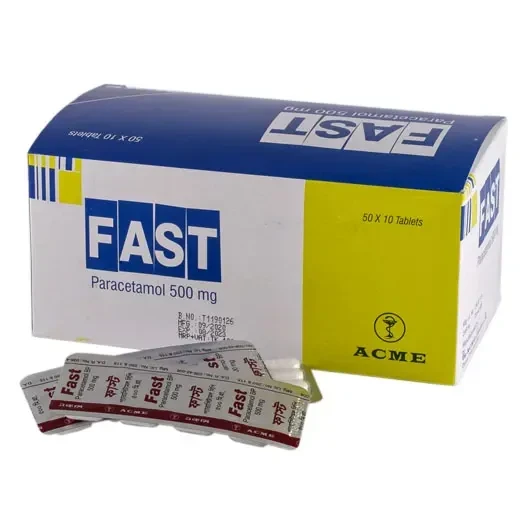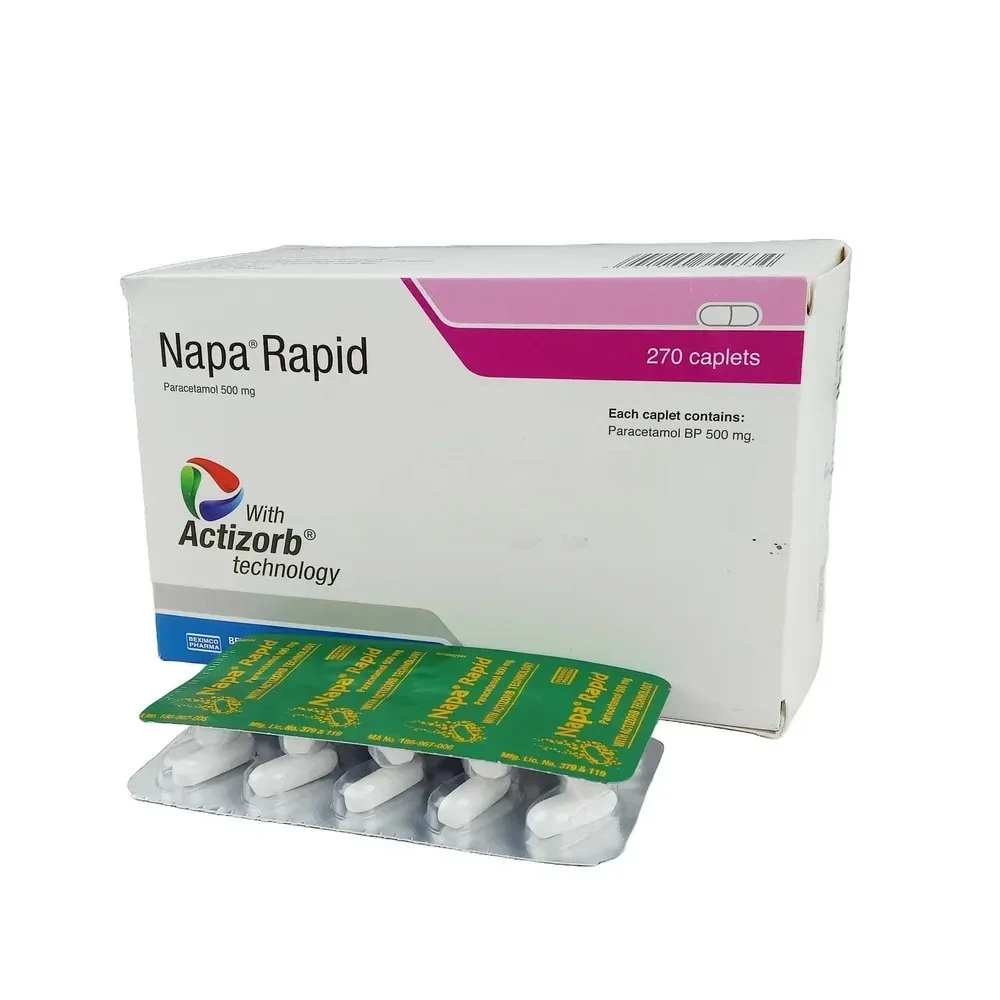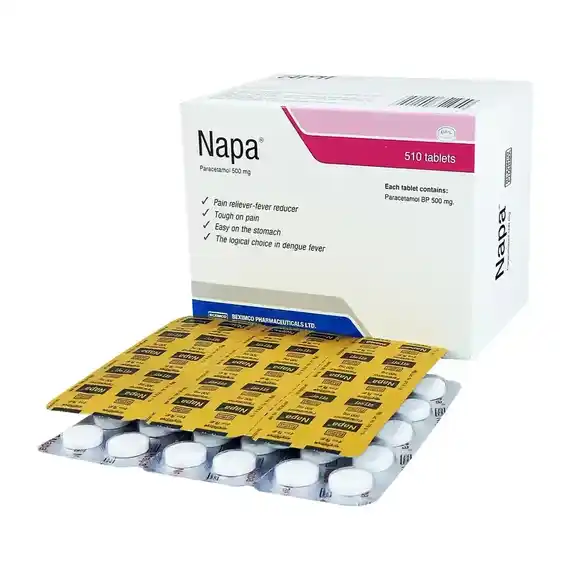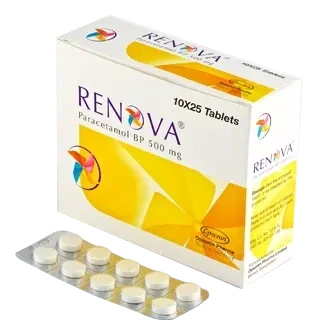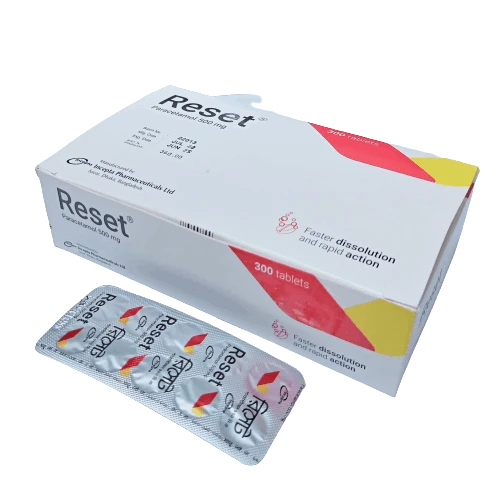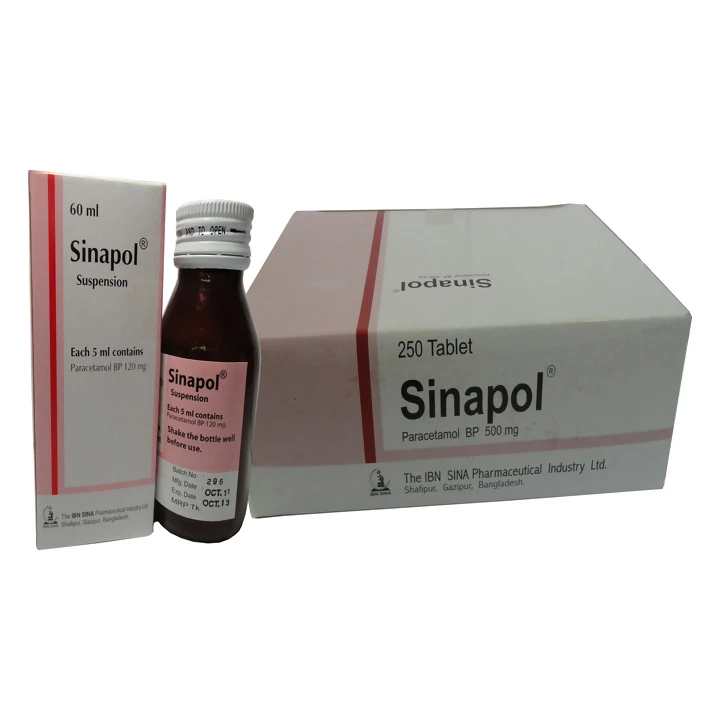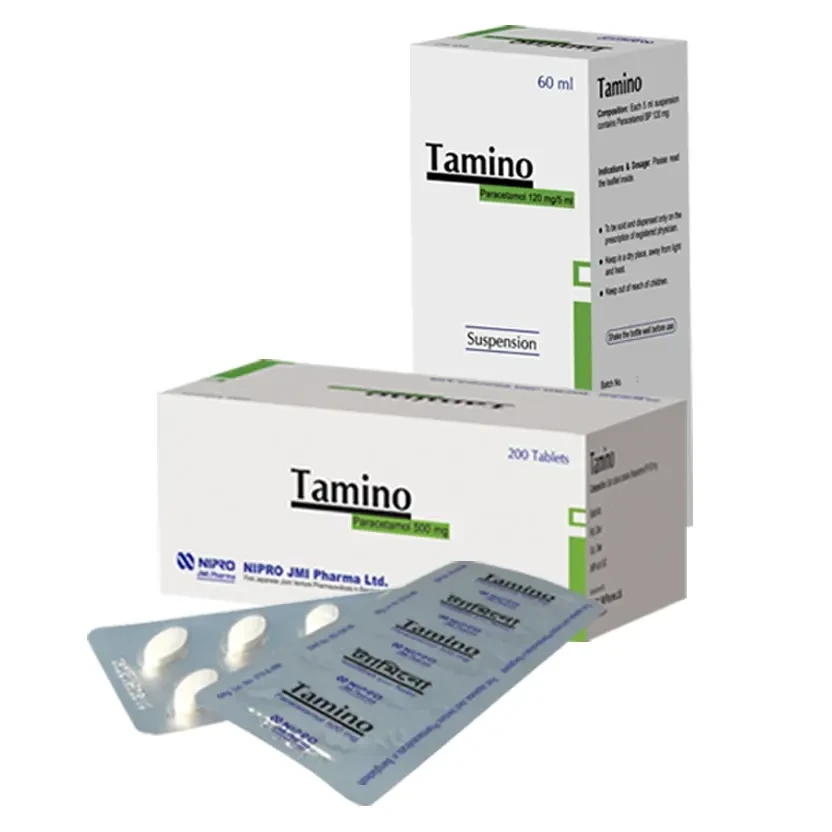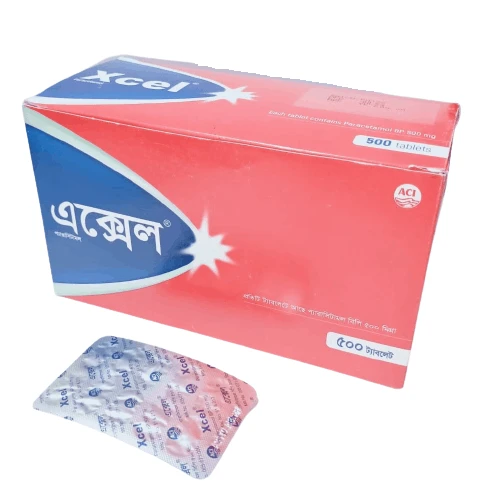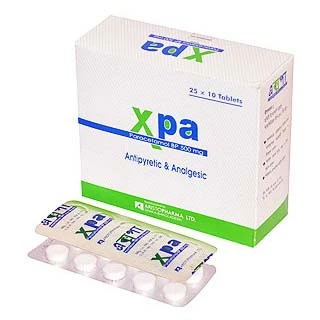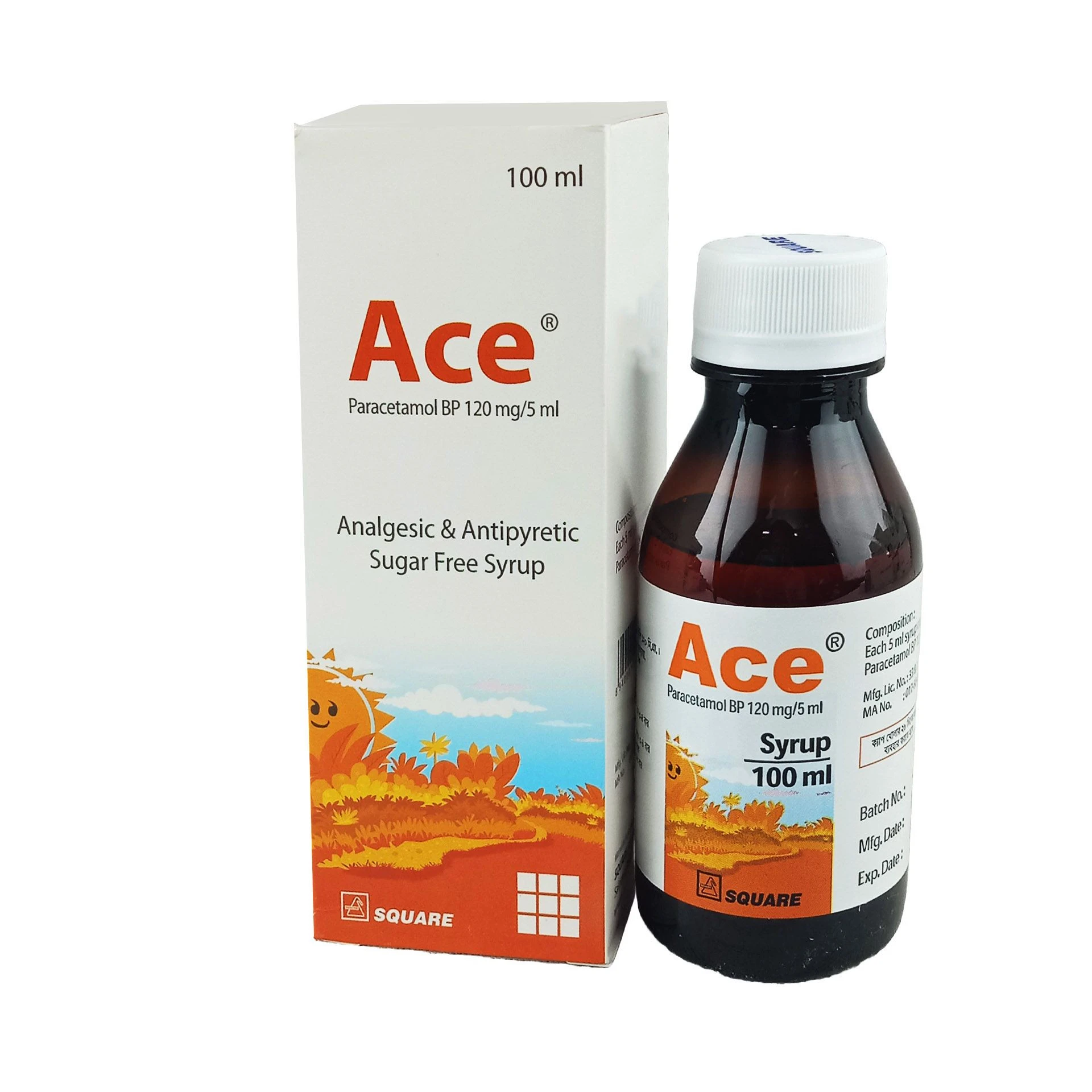Introduction
Trip is used in the treatment of depression.
It is also used to treat and prevent chronic nerve-related (neuropathic) pain,
migraine, tension-type headache and nighttime bedwetting (nocturnal enuresis)
by older children (6 years and above) at different doses. Trip is known as a
tricyclic antidepressant. It is normally taken before bedtime because it can
make you feel sleepy. It can be taken with or without food. The dose and how
often you need to take it will be decided by your doctor so that you get the
right amount to control your symptoms. It may be increased gradually. This
medicine may not work straight away and it could be several weeks before you
get the full effects. How long you need to use it will depend on what you are
taking it for, but it is important to continue taking this medication even if
you feel well. Do not suddenly stop taking it without consulting your doctor as
it may make your condition worse. Your dose may be modified or gradually
decreased before stopping the medication. The most common side effects of this
medicine include increased heart rate, constipation, dizziness, feeling thirsty
or tired, dry mouth and difficulty urinating. It may also make you aggressive
or confused and can lead to weight gain in some people. This medicine is not
addictive, but you can experience additional side effects (withdrawal symptoms)
if you stop taking it suddenly. Most of the common side effects tend to be
mild. Your doctor may be able to suggest ways of preventing or reducing side
effects if they bother you or do not go away. Serious side effects associated
with this medicine are rare.
Uses of Trip
Depression
Neuropathic pain
Migraine
Side effects of Trip
Common
Constipation
Difficulty in urination
Dryness in mouth
Increased heart rate
Orthostatic hypotension (sudden
lowering of blood pressure on standing)
Weight gain
Aggressive behavior
Agitation
Nasal congestion (stuffy nose)
How to use Trip
Take this medicine in the dose
and duration as advised by your doctor. Swallow it as a whole. Do not chew,
crush or break it. Trip may be taken with or without food, but it is better to
take it at a fixed time.
How Trip works
Trip is a tricyclic
antidepressant. It works by increasing the levels of chemical messengers in the
brain that help in regulating mood and treat depression. It also stops the
transmission of pain signals from nerves to the brain thereby relieving
neuropathic pain (pain from damaged nerves).
What if you forget to take Trip?
If you miss a dose of Trip, take
it as soon as possible. However, if it is almost time for your next dose, skip
the missed dose and go back to your regular schedule. Do not double the dose.
Quick Tips
It may take 4 to 6 weeks for Trip
to start working. Keep taking it as prescribed.
It may cause sleepiness. Take it
at bedtime and do not drive or do anything requiring concentration until you
know how it affects you.
Avoid consuming alcohol when
taking Trip as it may cause excessive sleepiness.
Monitor your weight during the
treatment as this medicine can cause weight gain and increased appetite.
It may cause sudden drop in your
blood pressure. Rise slowly if you have been sitting or lying down.
Talk to your doctor if you notice
sudden mood changes or develop suicidal thoughts.
Brief Description
Indication
Adult: PO Depression
Initial:50-75 mg/day; up to 150 mg/day if needed. Max: 300 mg/day in severe
cases. Neuropathic pain Initial: 10-25 mg/day at night, up to 75 mg/day if
needed. Migraine prophylaxis Initial: 10 mg/day at night. Maintenance: 50-75
mg/day at night. Elderly: Initially, 25-50 mg/day as a single dose (at bedtime)
or in divided doses.
Administration
Increased risk of serotonin
syndrome w/ SSRIs, TCAs, triptans, fentanyl, lithium, tramadol. May reduce
plasma levels w/ barbiturates, rifampicin and other anticonvulsants. May increase
plasma levels w/ methylphenidate, cimetidine, antipsychotics, Ca channel
blockers. May precipitate cardiac arrhythmias w/ thyroid hormones. May reduce
antihypertensive effects of debrisoquine, guanethidine and clonidine. May
increase pressor effect of epinephrine and norepinephrine. May increase the
risk of ventricular arrhythmias w/ antiarrhythmics (e.g. amiodarone or
quinidine), antihistamines astemizole, terfenadine, some antipsychotics
(pimozide, sertindole, and thioridazine), sotalol, cisapride and halofantrine.
Potentially Fatal: Increased risk of serotonin syndrome w/ MAOIs, linezolid and
methylene blue.
Adult Dose
Bipolar illness, pregnancy,
lactation elderly, CVS disease, renal or liver impairment, epilepsy, thyroid
dysfunction, DM. Avoid abrupt withdrawal; urinary retention, prostatic
hyperplasia; chronic constipation; angle-closure glaucoma; phaeochromocytoma.
Monitor for signs of clinical worsening, suicidality or behavioural changes.
May increase risks associated with electro-convulsive therapy. May affect
ability to drive or operate machinery. Lactation: Distributed in breast milk;
do not nurse (AAP states effect on nursing infants is unknown but may be of
concern)
Renal Dose
Amitriptyline is a
dibenzocycloheptadiene tricyclic antidepressant. It increases synaptic
concentration of serotonin and/or norepinephrine in the CNS by blocking the
neuronal reuptake of norepinephrine and serotonin.
Contraindication
PO Depression Child: Adolescent:
Initially, 25-50 mg/day as a single dose (at bedtime) or in divided doses.
Nocturnal enuresis Child: 6-10 yr 10-20 mg/day; 11-16 yr 25-50 mg/day. All
doses to be given at bedtime. Max duration: 3 mth.
Mode of Action
May be taken with or without
food.
Precaution
Migraine headache, Depression,
Neuropathic pain, Post-herpetic neuralgia, Nocturnal enuresis
Pregnancy Category Note
Postural hypotension,
tachycardia, conduction disturbances. Dry mouth, wt gain, sour or metallic
taste, stomatitis, constipation; blurring of vision, urinary retention,
fatigue, dizziness, weakness, tremors, headache, confusion and delirium in
elderly, sexual disturbances; peripheral neuropathy; urticaria, angioedema,
sweating. Potentially Fatal: Cardiac arrhythmias.
Interaction
Hypersensitivity, use of MAO
inhibitors within the last 14 days; acute recovery phase post-MI. Concurrent
usage with cisapride.



